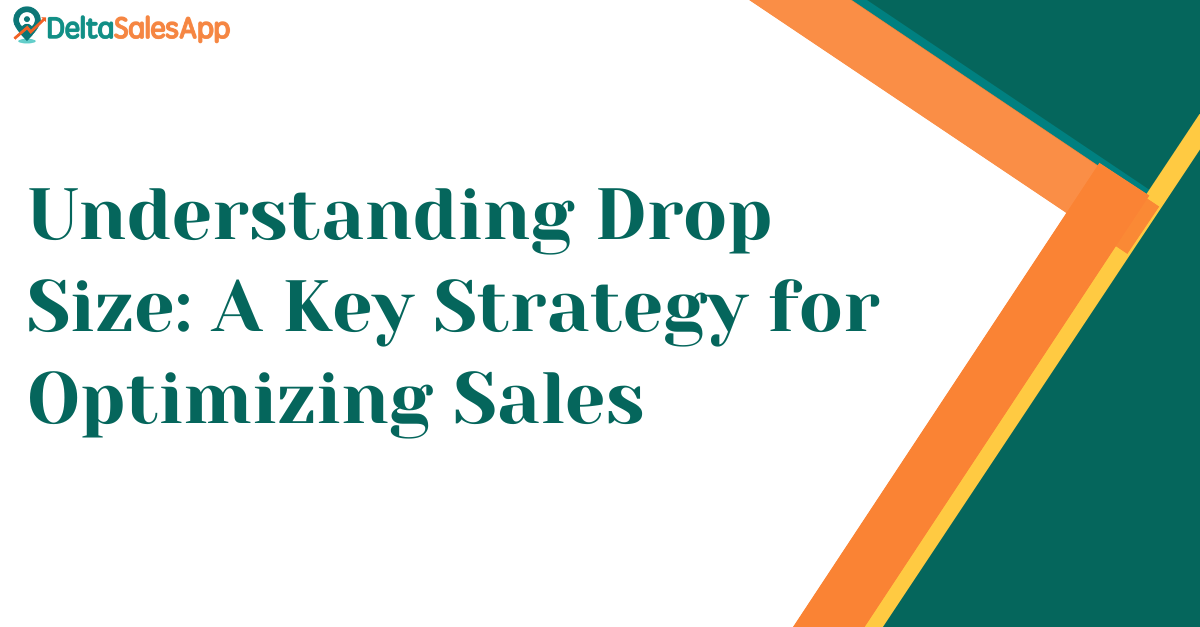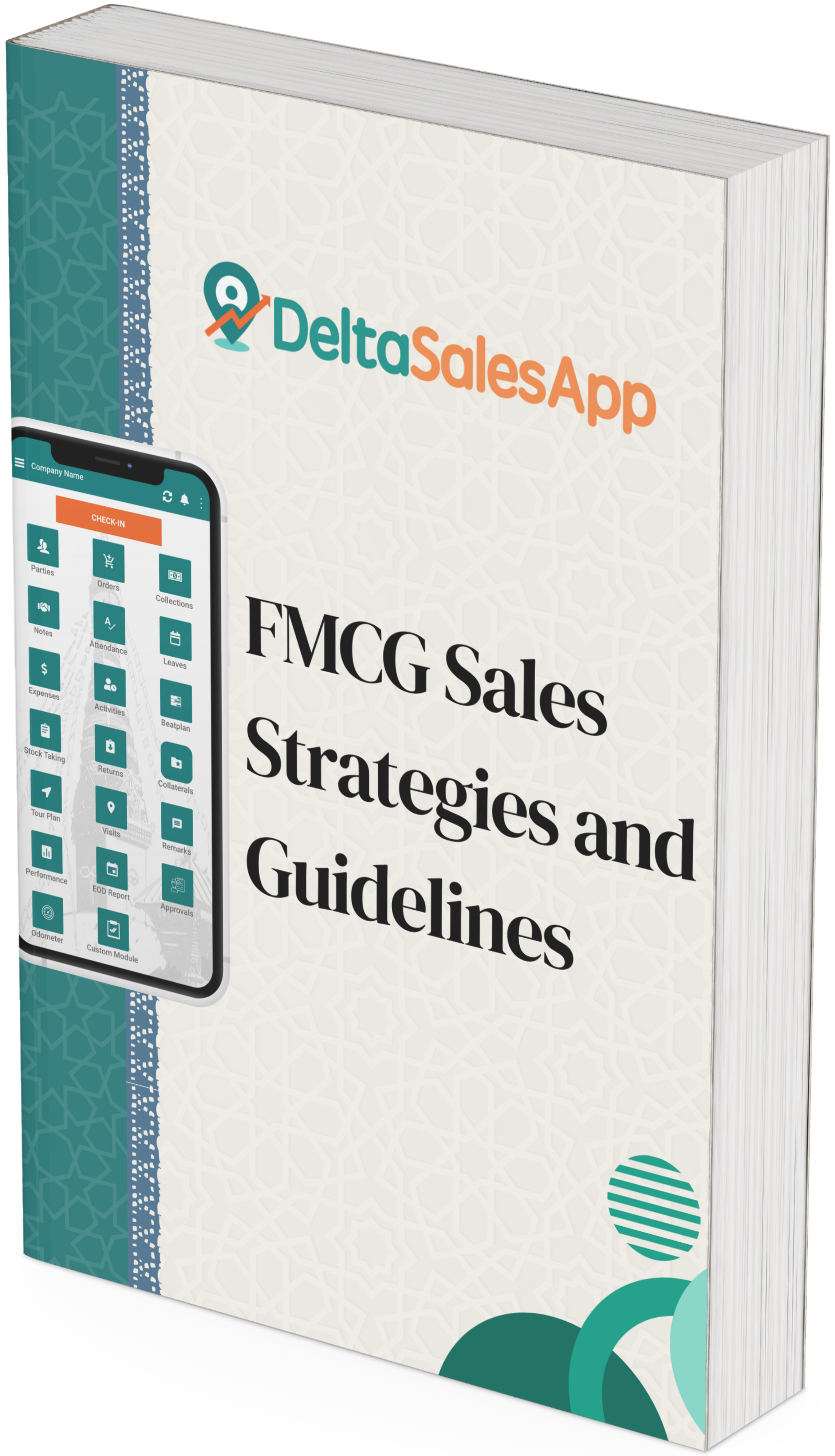Understanding Drop Size: A Key Strategy For Optimizing Sales

In today’s fast-paced retail world, managing your sales strategies effectively is crucial for boosting performance and ensuring a steady increase in revenue. One such important concept that plays a significant role in sales optimization is "drop size." But what exactly does drop size mean, and how can you use it to enhance your sales approach?
What is Drop Size?
Drop size refers to the amount of a product that is distributed or sold in a single transaction or during a specific sales cycle. In simpler terms, it represents the volume of the product that you move out of your retail or distribution channels at a given time. Understanding and effectively managing your drop size can drastically improve your sales, streamline your operations, and help you meet specific targets more efficiently.
Why is Drop Size Important?
Managing drop size is vital for several reasons:
Efficient Inventory Management: By controlling your drop size, you can ensure that you're not overstocking or understocking products. A balanced drop size helps in maintaining a steady flow of inventory, avoiding both shortages and excess stock, which can tie up valuable resources.
Sales Optimization: The right drop size allows you to target specific product categories and segments more effectively. If you consistently push the right amount of product through the right outlets, you’re more likely to hit your sales targets without overwhelming your customers.
Better Customer Satisfaction: When you manage your drop size well, you can cater to customer demands without overloading them with too many options at once. By providing the right quantities, you’re creating a smoother buying experience for your customers.
Accurate Sales Forecasting: With proper drop size management, you can track and predict your sales cycles with greater accuracy. This leads to better forecasting, helping you plan future inventory, marketing campaigns, and product launches more effectively.
How to Calculate and Use Drop Size in Your Sales Strategy
Now that we understand the significance of drop size, let’s explore how you can implement this in your day-to-day sales activities.
Evaluate Your Sales Targets: Before you decide on the drop size, you need to clearly define your sales objectives. What are your sales goals for the day, week, or month? How many units of each product do you want to sell? Once you have your targets, you can better determine how much product needs to be moved within each cycle.
Understand Your Market Segments: Not all products or markets will have the same drop size. For instance, high-demand products might have a larger drop size, while niche products could require smaller, more focused drops. By understanding your customer base and tailoring your drop sizes accordingly, you can optimize your approach.
Track Product Performance: Regularly monitor how products are performing across different outlets or regions. If a product is selling well, you may want to increase the drop size to meet demand. Conversely, if sales are slow, a smaller drop size may be more appropriate to avoid overstocking.
Leverage Technology: Using data and sales tools to track your drop size is essential. With the right analytics, you can get a clear picture of how products are moving through your channels and make data-driven decisions about optimizing drop sizes in real-time.
Refine Your Execution: Make sure your team knows how to properly execute drop size strategies. This includes clear communication about goals, regular training, and the use of effective tools to monitor progress. A sales team that is aligned with drop size management can achieve much better results.
How Drop Size Affects Sales Execution
To give a practical example, let’s consider a new product launch. When you’re launching a new product, the drop size needs to be calculated based on how well you believe the product will sell in specific outlets. If you launch it too early or with a drop size that is too small, you risk losing potential sales. However, if the drop size is too large and the product doesn’t meet expectations, you’ll end up with excess inventory.
Instead, by balancing the drop size with the right amount of promotional support, education for the sales team, and effective marketing, you can maximize the impact of the product while avoiding unnecessary inventory challenges.

Tracking Drop Size: Regular Monitoring and Adjustments
Once you've implemented your drop size strategy, it’s important to track your results consistently. Sales teams should be equipped with tools that allow them to monitor progress in real-time. By assessing how much of a product is being sold and tracking which outlets perform better, you can adjust your drop size accordingly.
Additionally, it’s essential to keep an eye on the broader market. If customer preferences shift or demand increases, you might need to increase your drop size. On the other hand, if market conditions change or inventory becomes too high, a reduction in drop size might be necessary to maintain profitability.
Final Thoughts
Managing drop size effectively is a cornerstone of successful sales strategies. By understanding how drop size impacts inventory management, sales optimization, and customer satisfaction, you can better plan your sales cycles and boost your overall performance.
Whether you’re working in retail, wholesale, or distribution, adopting a well-thought-out drop size approach can ensure that your sales operations are running efficiently and effectively. Keep track of your drop sizes, adjust as needed, and continue delivering the right products to the right customers at the right time.
Incorporating these strategies into your sales planning and execution will give you the tools you need to achieve sustained growth and long-term success.









